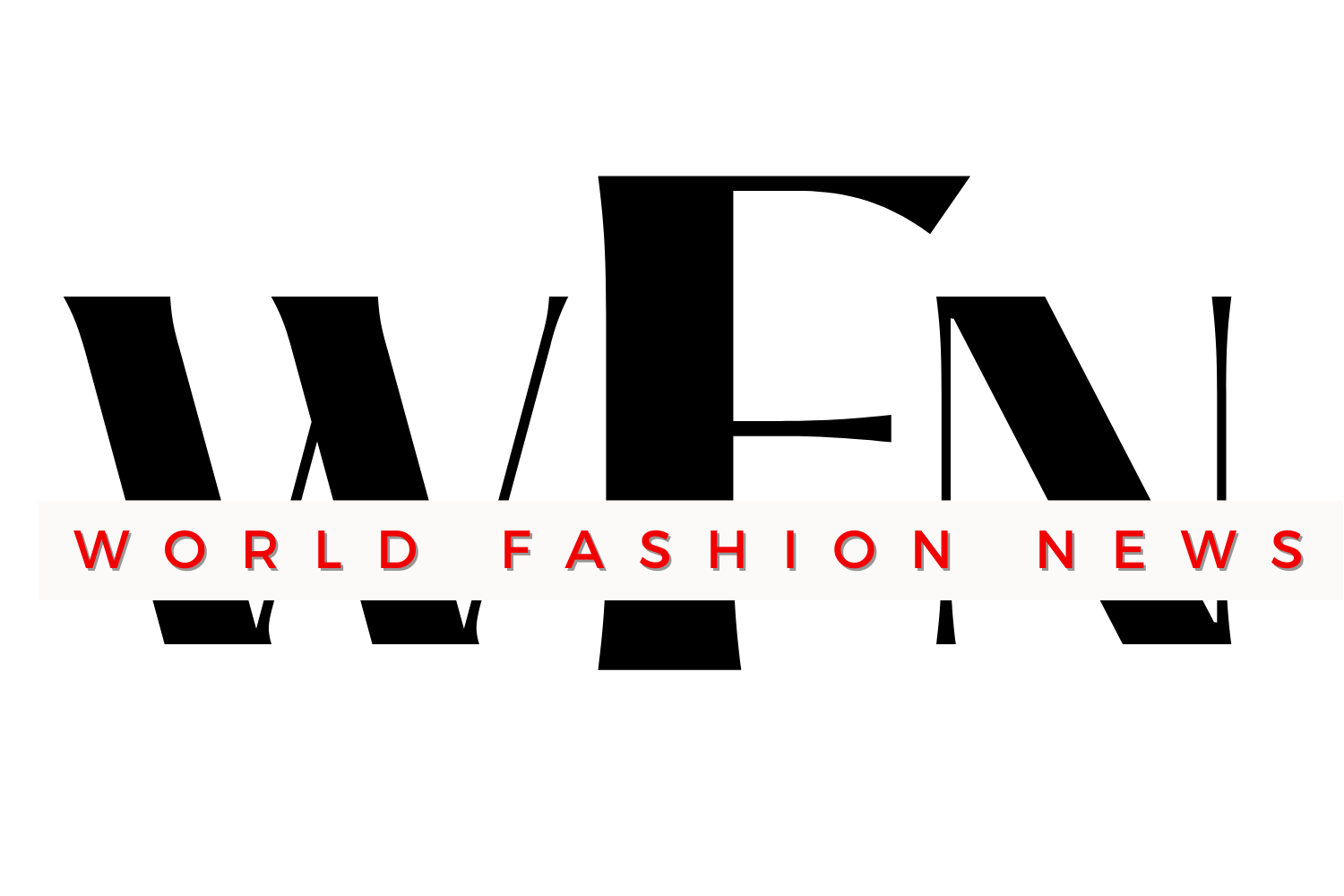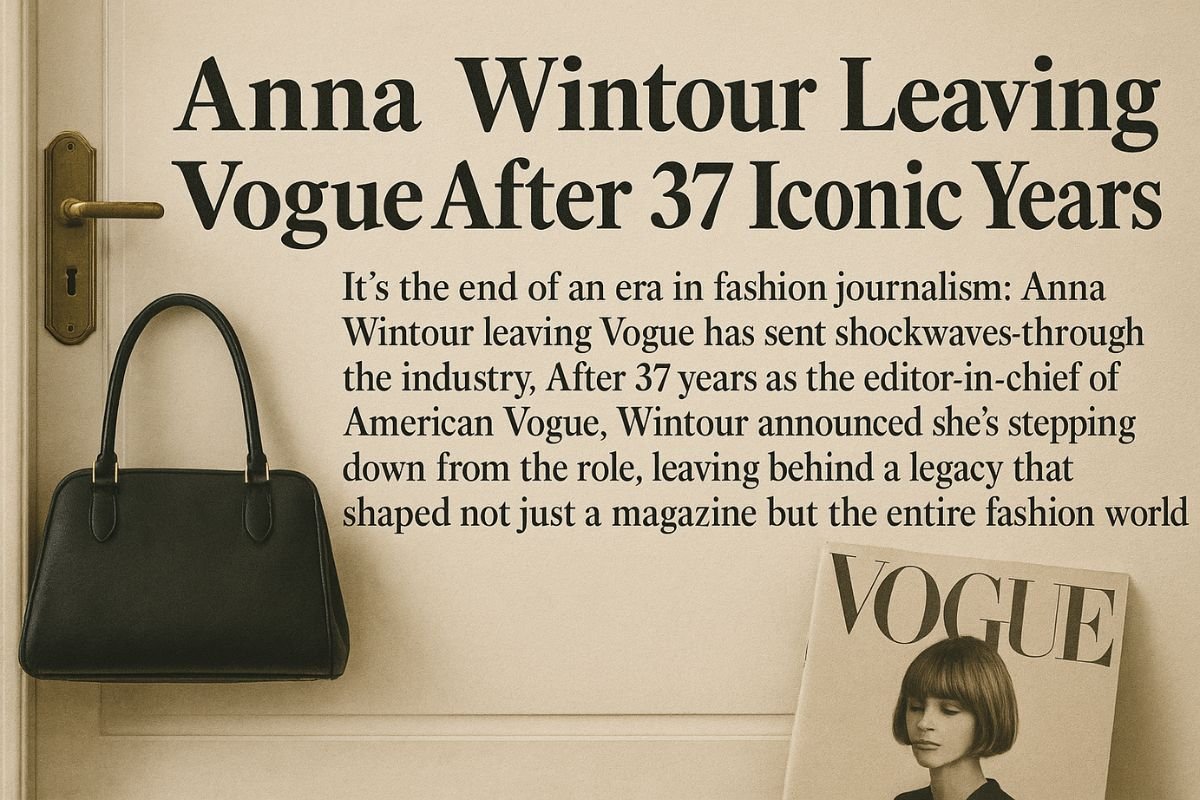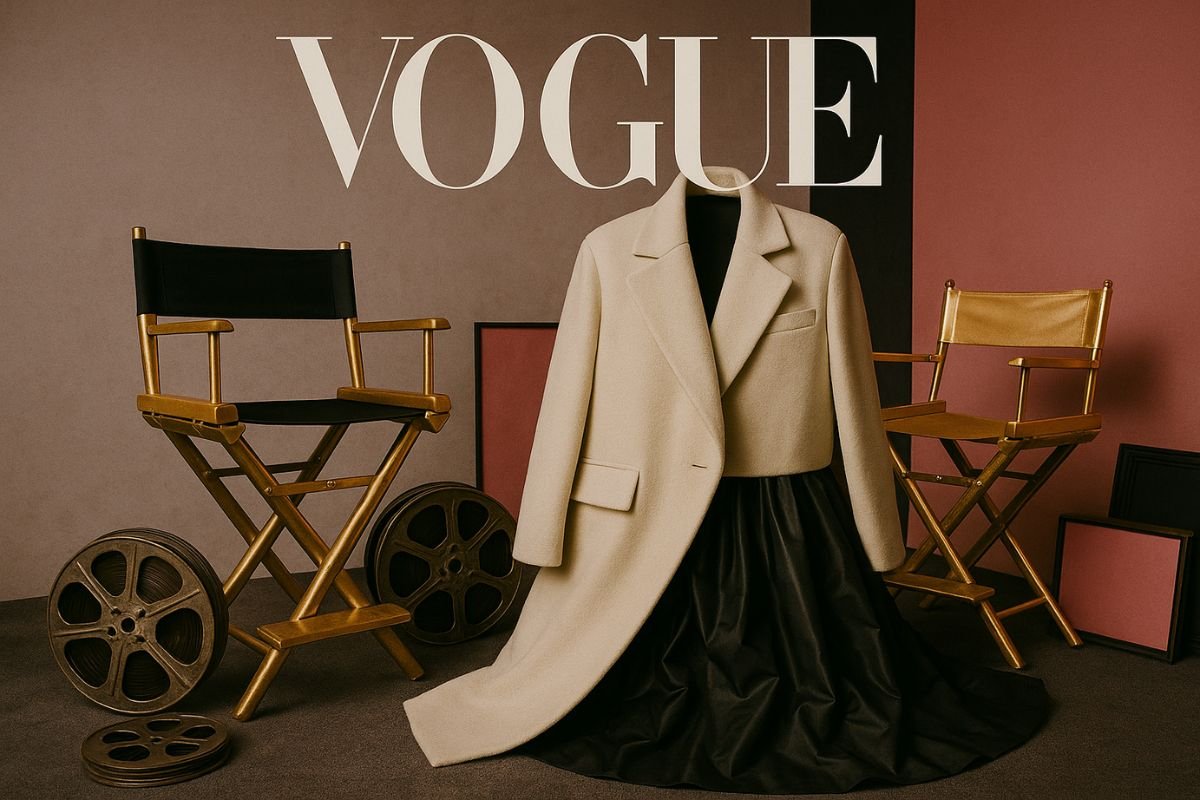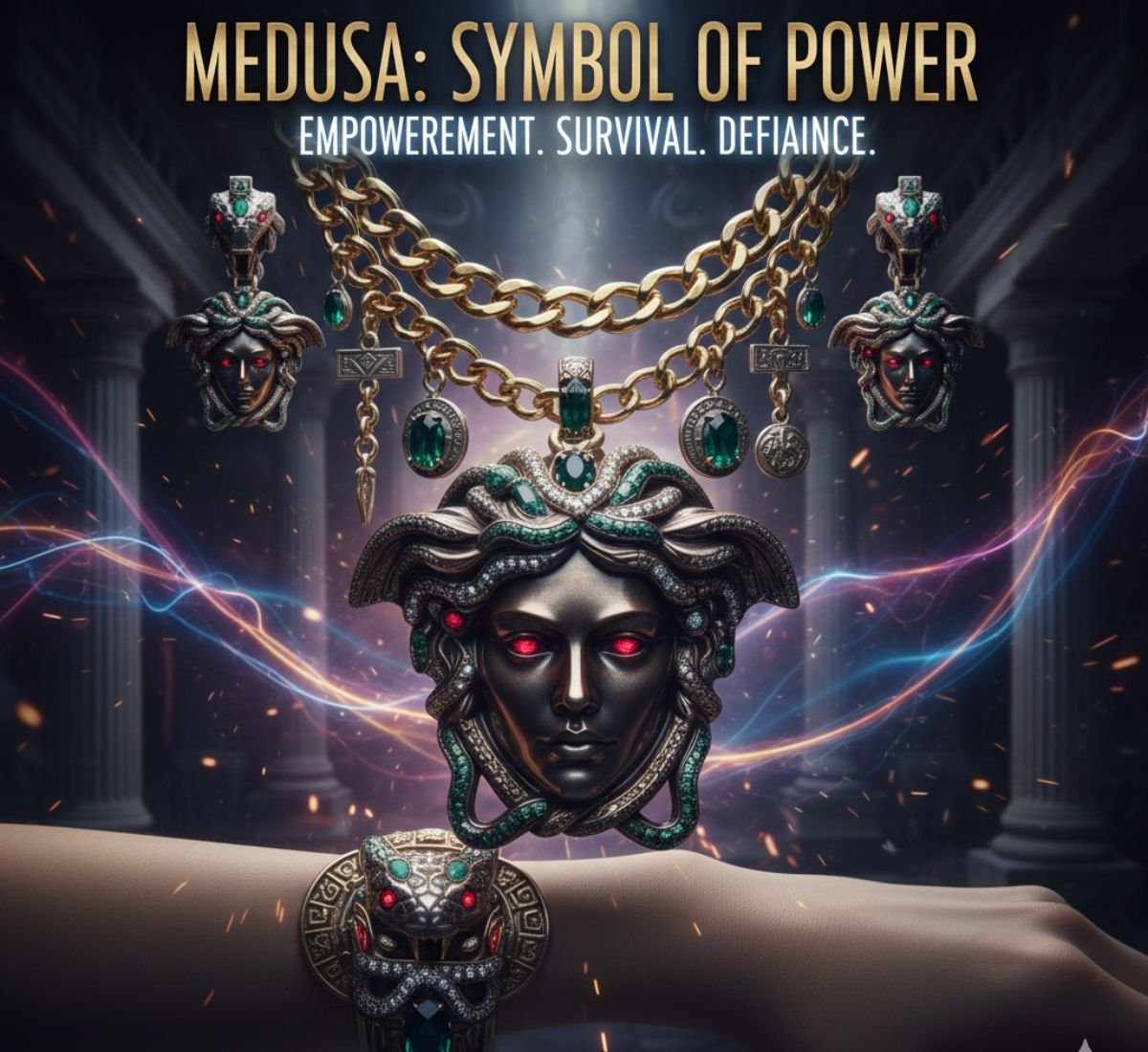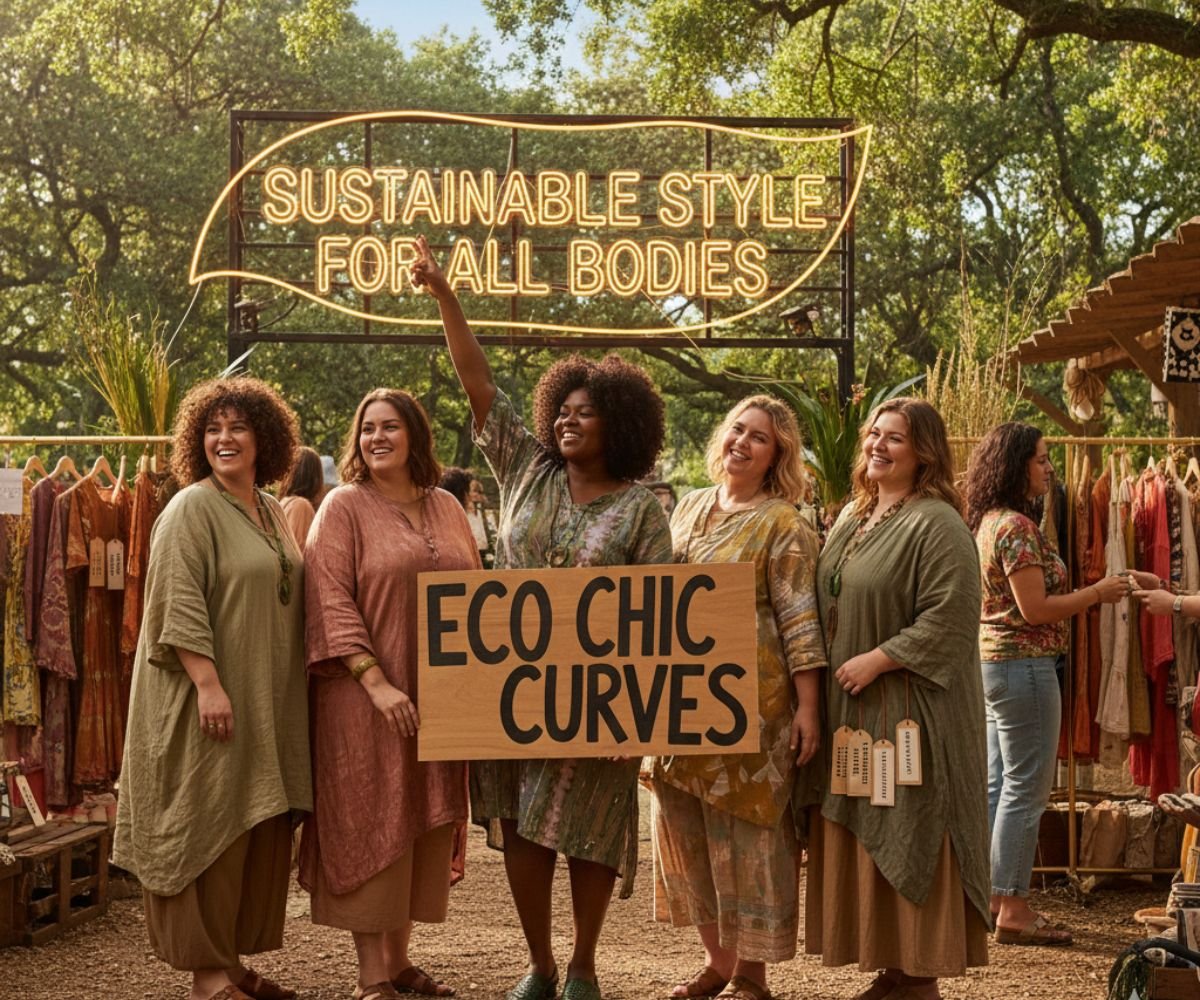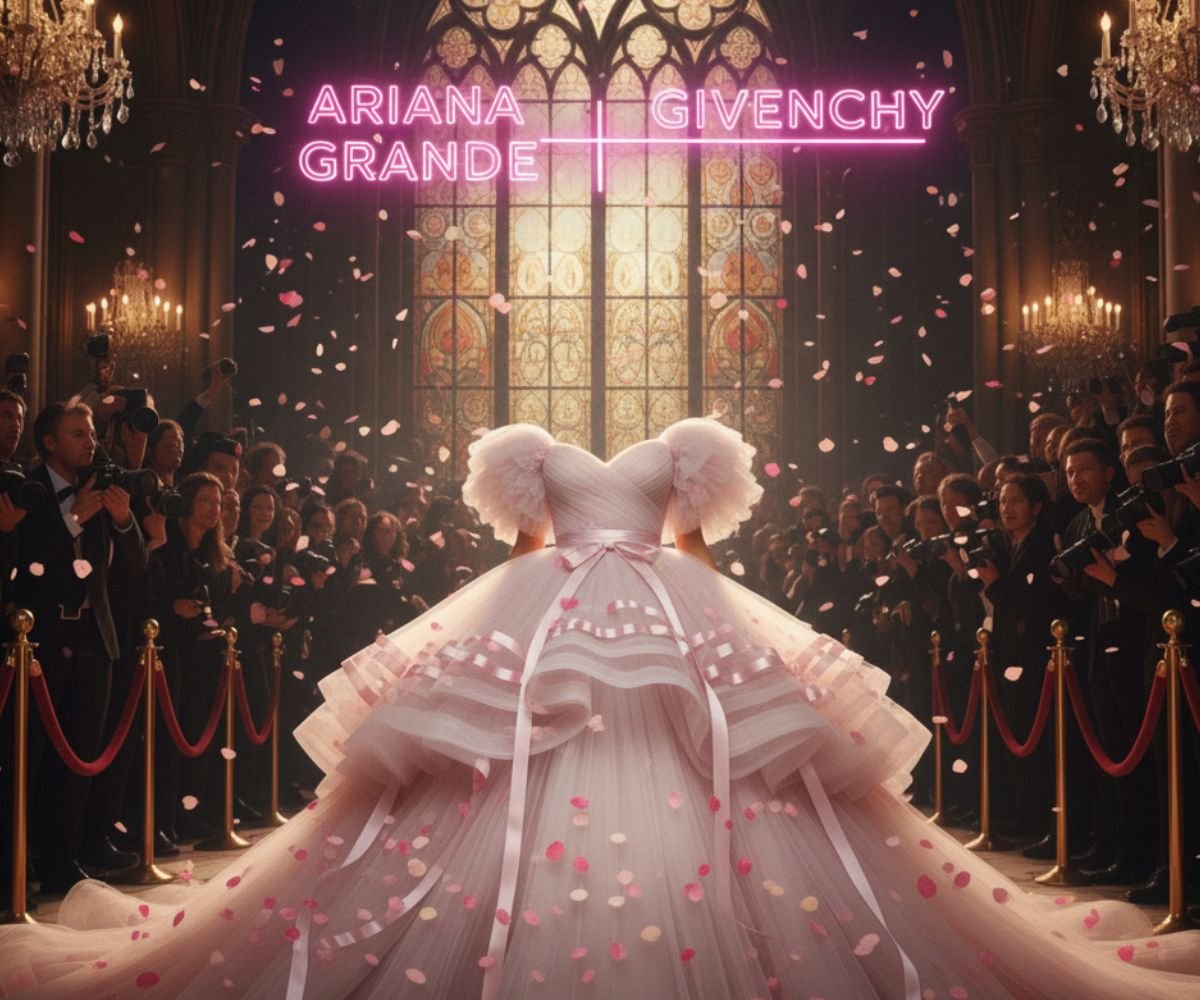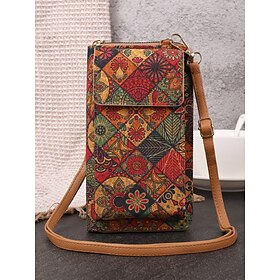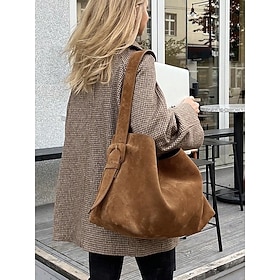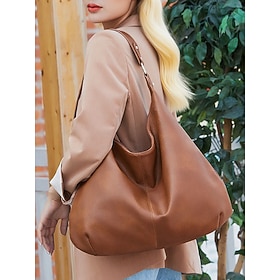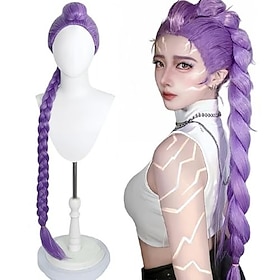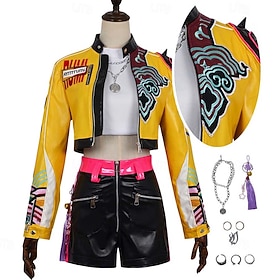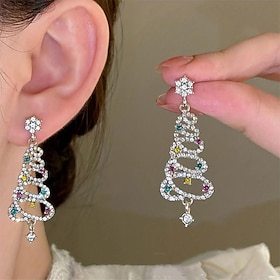News of Wintour’s reign ending broke after she called Vogue staff together to hear it from her firsthand, which will likely mark the beginning of the end of the search for her successor. Although she is leaving Vogue in this editorial capacity, she is not retiring. Wintour will continue to be Chief Content Officer of Condé Nast and remain the Global Editorial Director of Vogue’s entire portfolio of publications, meaning her presence will still be felt at the highest levels of fashion.
Anna Wintour’s reign began in 1988 with a cover that paved the way for the next three decades of risk-taking. Israeli model Michaela Bercu wore $50 Gap jeans under a $10,000 Christian Lacroix couture jacket. It was shocking, it was fun and it shattered the formal Vogue covers of the time, paving the way for Wintour’s high-low sensibility that made designer fashion feel modern and accessible.
View this post on Instagram
During her leadership at Vogue, the publication transformed into the “Bible of Fashion”. Wintour supported the newest designers, fostered the careers of photographers and stylists, introduced Hollywood actresses to the covers before anyone realized they were invaluable to fashion, and was an instinctual trendsetter that became a tastemaker unlike any other. Of course, Anna Wintour departure from Vogue also revives discussions about her famously prickly persona. Others picked up the calling of demanding, frost-bitten fashion boss from Wintour, right down to Lauren Weisberger’s novel The Devil Wears Prada (and it’s box office smash film featuring Meryl Streep and Anne Hathaway). Wintour set the standard of demanding, icy fashion boss and she herself leaned into the legend, with her trademark dummy dry wit—famously attending the film’s own premiere wearing Prada.
Get inspired by iconic fashion moments. Browse our clothing collection for timeless, editor-approved styles that define true sophistication.
Over the years, she also allowed documentary cameras into Vogue’s famously private offices for projects such as The September Issue and The First Monday in May, letting us see the intense effort put into each issue and events like the Met Gala, which Wintour turned into fashion’s biggest night.
Still, she took on criticism and saw calls for the magazine to diversify the pages, include more plus-size models, and address historic neglect in its representation. She responded to many of these criticisms in recent years and oversaw moves toward a more inclusive magazine, although some have argued the progress has hardly been even.
No successor has been named so far and the person who ultimately takes over will do so with Wintour still holding global leadership positions above them; and this relationship has caused friction in the past, most notably for Edward Enninful at British Vogue, as his creative push toward inclusivity rarely meshed well with any of Wintour’s conservative tendencies, a contrast that feels even sharper as discussions around leadership shift toward new voices shaping British fashion.
Instagram ‘ਤੇ ਇਸ ਪੋਸਟ ਨੂੰ ਵੇਖੋ
Now becoming undoubtedly true, the fashion community is left to wonder what Vogue looks like without Wintour holding the wheel? Will it ever truly shift to radical change? Or will Wintour’s ongoing power hold everything steady, even safe?
In either case, one thing is for certain: No editor in modern history has had such a powerful, persistent mark on fashion as Anna Wintour, especially as the industry’s center of gravity continues to move toward the people reshaping style.
